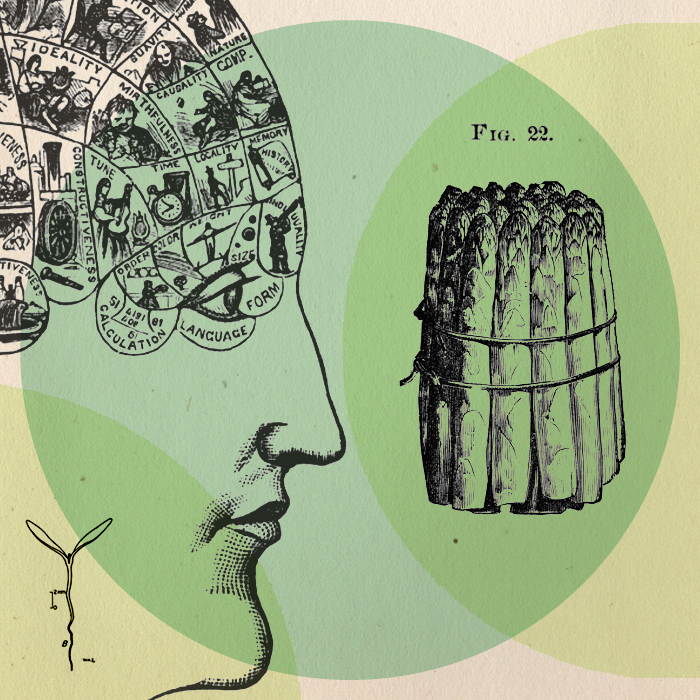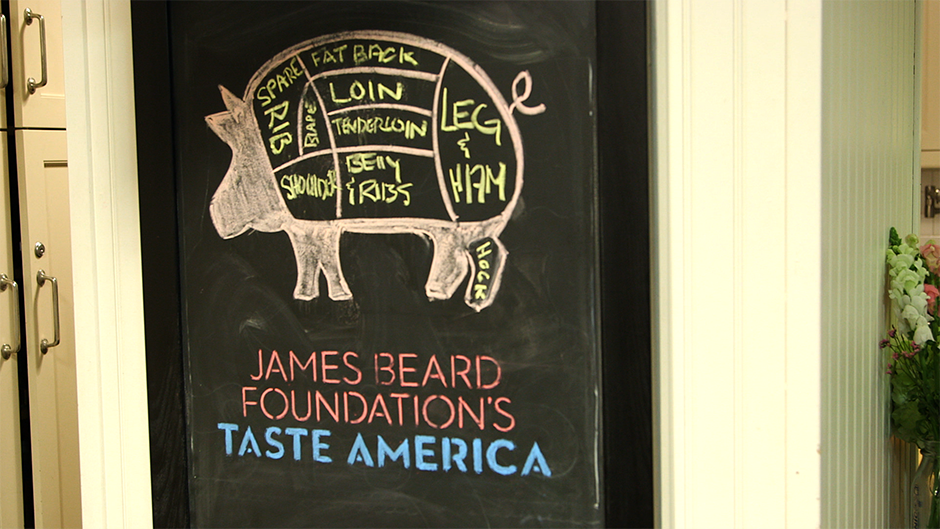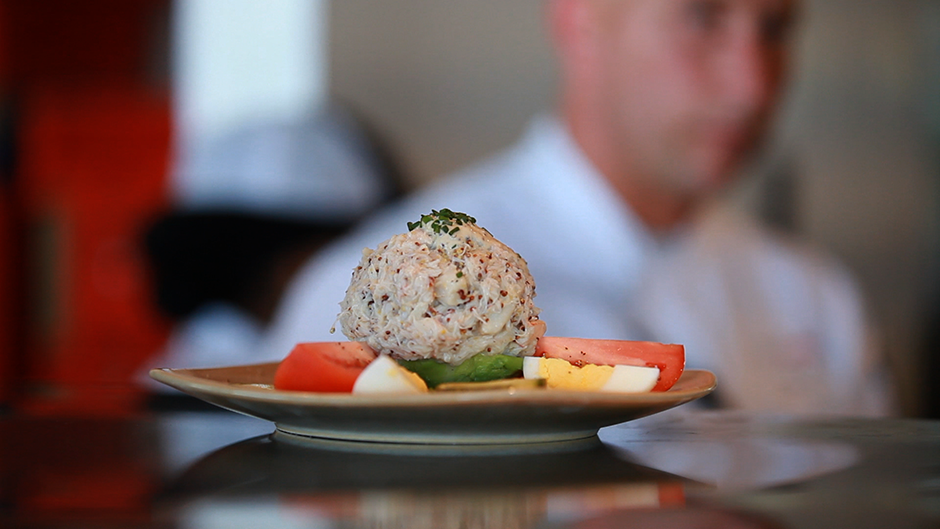All winter, if we are outside of the tropics, we subsist on root vegetables, stews, braised meats, and roasts. The food is often delicious, but it lacks the vivacity and newness we associate with life. It’s post-harvest dining, a time to reflect on life and embrace the losses we all experience. Punctuated by holidays of light and birth – Diwali, Hanukah, Christmas – winter is a season when death seems closer than ever. It’s human nature to associate darkness and cold with the end of life.
But let’s be positive. If there is seasonal affective disorder, it stands to reason that there is seasonal affective order. A time of the year when we feel rejuvenated, more alive than ever, and sustained by the brilliant and colorful scenery as well as the richness yielded by the soil and light.
Ecco, spring.
After the dark, gloomy months of autumn and winter, we face long days of light, the hint of warmth, shoots bursting through the earth, the cacophonous sounds of early morning birds, and the buds (and finally blossoms) of trees, arriving in an array of colors.
Chefs and home cooks around the world celebrate the season through the good fortune of food and drink. The celebrations, codified in holidays, result in an elevation of mood. Winter can get us down, spring cheers us up. Especially after months spent indoors, going through larders and freezers and cellars, it’s stunning for the senses to partake in the environment directly, at last.
What’s great for people who enjoy the process of cooking – how it can be meditative, a distraction from pain, as consuming as playing sports – is how spring invites us to enjoy the power of the ingredients. It’s a time of year when access to the product and treating it with tenderness and restraint can create dishes that are transformative. Unlike winter and fall, this is a time of year when you don’t have to do much to the food in order for it to taste good.
The trick is getting the products and using them with alacrity and efficiency. So much of what is used in cooking in spring has a short season within a short season. Supply of the best stuff is often limited. Costs for highly seasonal products can be considerable. Unless you know how to use rare and expensive foods, it can feel prohibitive.
But think of what it can do for your mood.
In Japan, no matter the social status or view of community held by the celebrant, spring as a season of the first taste of foods is a widely shared view. The cherry blossom festivals held throughout Japan at the advent of spring are the most famous, a time when sake is drunk without inhibition; but more to the culinary point, it is a time when hashiri is the big deal.
Hashiri means the first catch or harvest of the year, and for a culture that prides itself on a cuisine more linked to seasonality than any other, the first of any of the spring foods is greatly valued. Those with deep pockets in Japan will outspend the competition to get ahold of the first nanohana (mustard green flowers), bamboo shoots, and hotaru ika (firefly squid that glow in the dark and live about 3600 feet below the sea, only rising up at the start of spring).
The idea is both to enjoy the first taste of what has been submerged – in water or the earth – but also to celebrate, ironically, what is temporal about life. The short season for the new ingredients is part of what makes them so special.
Blink and they are gone: In the United States, each region has foods specific to spring that carry with them an invitation to rejoice.
Something about both the newness as well as the context of its absence in months prior gives what we eat the power to change, in a positive way, how we feel about life.

On the West Coast, especially in Oregon, morels start appearing in April. Blonds and blacks, from about a half inch high to several inches long, these wild mushrooms, discovered by foraging, have a magical feel in the mouth and provide a gustatory experience that rivals caviar or foie gras. The fact that they have more flavor than most animal products adds to their allure.
Toss a handful of sliced morels in a heated pan with butter and a bit of a sliced shallot and serve with melted Gruyere on good toasted bread and you may feel like bursting into song.
On the East Coast, especially around West Virginia where festivals are held in their honor, ramps have a deep subtlety that penetrates a dish without being overwhelming. Also known as wild leeks, ramps give depth to food. Toss most of a chopped bunch, bulbs and leaves, with good pasta, olive oil, parmigiano, and cracked black pepper, and you may feel as if you are part of nature rather than in charge of it.
While asparagus is a global product, one of the world’s centers for the finest of the spears is Hadley, Massachusetts. Starting in late April, you can find roadside stands where locals sell bunches at $5 a pop. Trim the ends, peel a few inches, slice into pieces a few inches long, and pan sear in olive oil (adding water), then mix in good Arborio rice, adding chicken stock as you go, and you will soon have a risotto that may compensate for a long winter of dark days.
Spring is the time of resiliency. Its products, though short-lived, give us much-needed hope.






